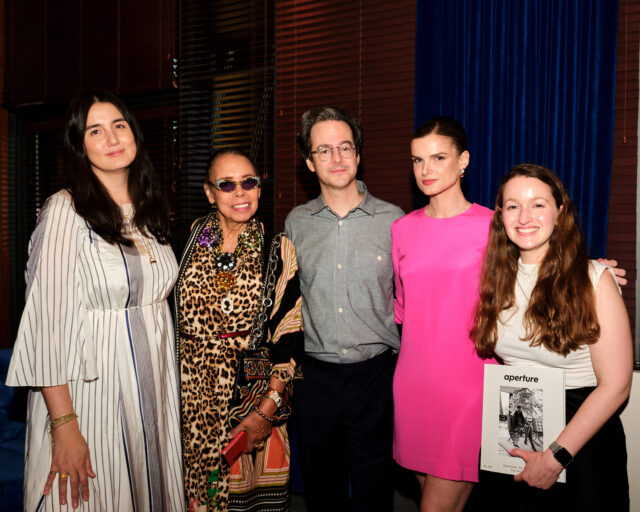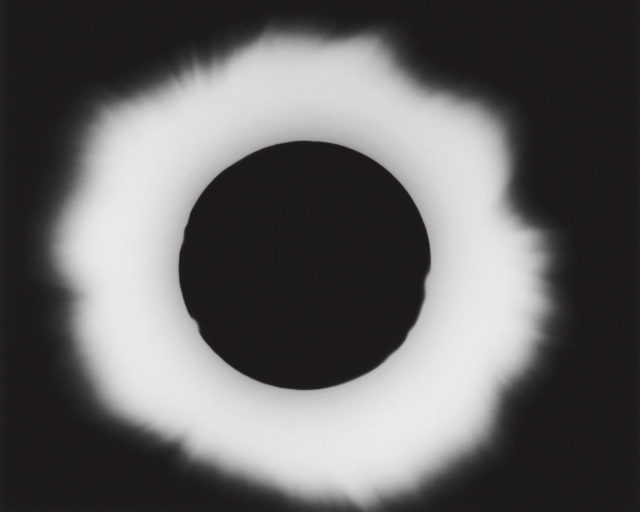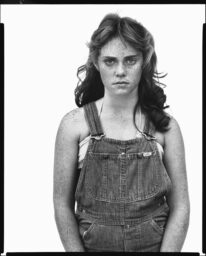Chris Boot on Paul Trevor
Under the theme of “Photography as you don’t know it,” the Pictures section in the Winter 2013 issue of Aperture magazine presents the work of ten photographers who have been overlooked and undervalued. Among these photographers is Paul Trevor. The photograph Haigh Street, Everton, Liverpool, 1975 by Paul Trevor is now available for purchase as part of the Aperture limited-edition print program.
Paul Trevor began making pictures in the early 1970s. He abandoned a job as an accountant to team up with photographers Chris Steele-Perkins and Nicholas Battye to form Exit, a group dedicated to documenting the social problems of British cities in photographs and interviews. Funded by a social research grant, Exit spent five years producing a monumentally ambitious documentary project that described the experience of the country’s urban poor. Paul Trevor—he asks to be referred to by his full name—spent six months during 1975 in Liverpool for the project, where he made the pictures featured here. They are typical of photographs he has made throughout his career to date: lyrical, romantic perhaps, but powerful, engaged, and brilliantly executed.
By no means unrecognized—Paul Trevor is entirely happy with the degree to which he is appreciated—his work is little known outside the UK. This is in part because the social documentary idea became undermined, in the 1980s, by theorists who came to dominate the British photography scene and provoked a crisis of faith in the medium. Inspired above all by the intellectual leadership of artist and writer Victor Burgin, these theorists challenged the entitlement of any photographer to describe the lives of others. Bitter arguments between practitioners and writers played out through Camerawork, the radical photography magazine and gallery in London’s East End, which was co-founded by Paul Trevor in the mid-’70s. These confrontations drove many social documentarians out of photography altogether, or into obscurity. Some of his peer group established careers in photojournalism—Steele-Perkins, for instance, joined Magnum—while others holding to a stricter social-documentary ethos, including Graham Smith and Sirkka-Liisa Konttinen, have remained relatively underknown ever since. Paul Trevor himself went to film school. The resurgent credibility of the social documentary thread in British photography, led by Martin Parr and Paul Graham in the late ’80s, did not immediately renew interest in these younger photographers’ predecessors.
Paul Trevor chose to position himself, then as now, as a storyteller rather than an artist. The world of photography in Britain began to divide, in the late ’80s and early ’90s, between figures who cultivated their reputation as artists (and who took on representation as such) and those who viewed documentary use-value as the appropriate measure of their work. While the distinction had little to do with coherence of vision, or, for that matter, the quality of the photographs, it was the artists who were successful in building international reputations. Forums for the serious presentation of social documentary photography dwindled in the meantime.
Further contributing to Paul Trevor’s relative obscurity is his own working methodology. He has pottered along, modestly, making photographs when he can, sometimes making little effort to get his work out into the world. He has only recently begun printing a body of work, made over thirty years, of street life in London’s East End. He recently showed me an early edit from the contact sheets. The work is wonderful; why didn’t he print it before? Because, he told me, he was in no rush, and busy with other things. He is content to have made the pictures for now, and takes the long view, confident that they will find an audience in due course. Ultimately, the delayed release of his East End pictures should serve him well. We can now appreciate his work outside the context of the debates in British photography that once held him back.



























